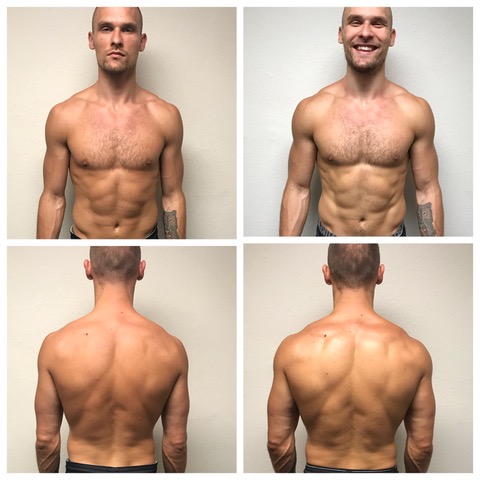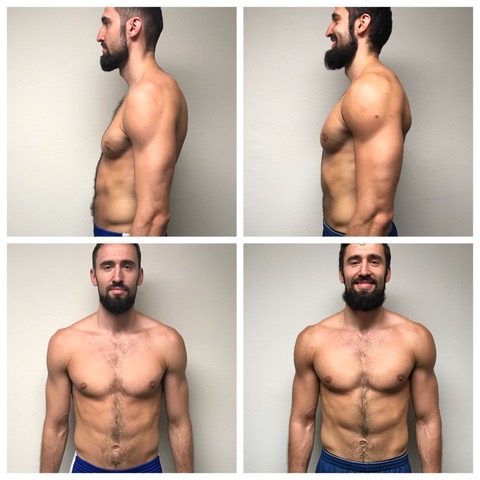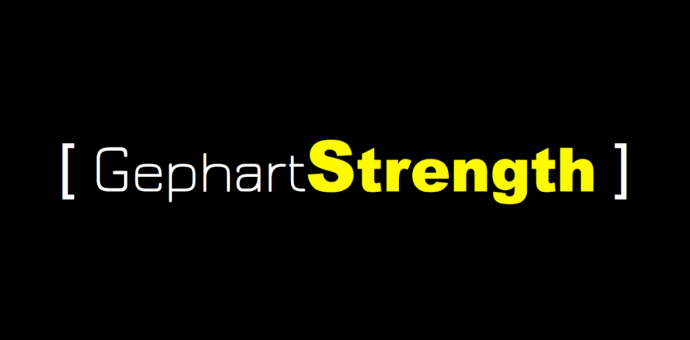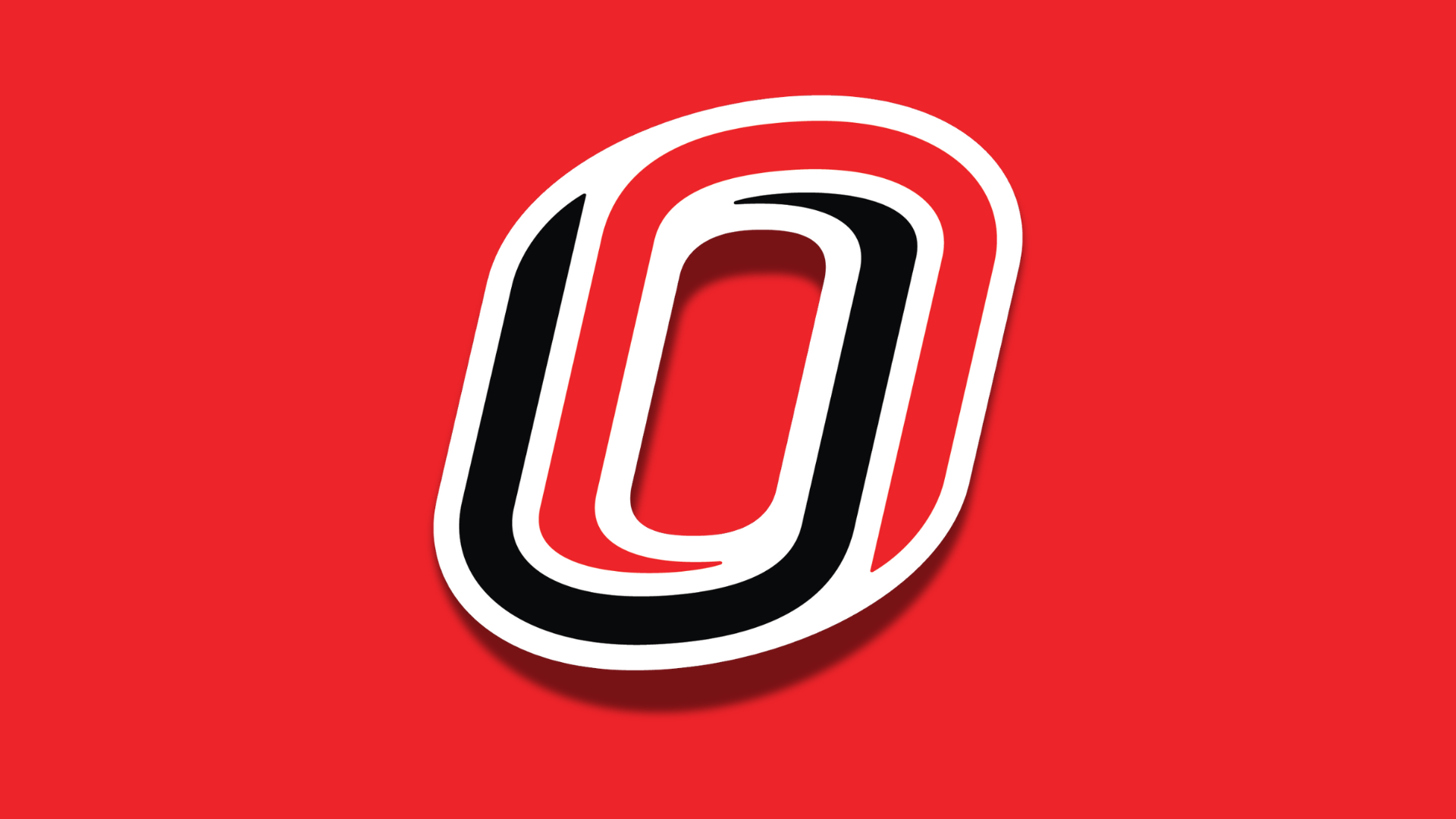Every off-season, basketball players around the globe set their sights on getting faster and more explosive. They train with strength coaches, perform jump programs, and use all sorts of gadgets like speed ladders, parachutes and cones to gain an extra inch or two on their vertical and improve their first step even by one-tenth of a second. I’m here to tell you it’s not that difficult.
Think simple. And by simple, I don’t mean easy. It will require some tough work – but you and your players are simply going about it wrong. To get faster and more explosive you have to get stronger. For every action there is an equal and opposite reaction, right? We all know this from 9th grade physics class. The stronger force an athlete applies to the ground the greater reactive force he will produce … therefore, jumping higher and running faster.
I played professional basketball myself. I know the game of basketball. I have dedicated my life, since retiring from basketball, to the science of getting athletes to perform optimally while reducing rates of injury. I use American football players as an example often. Why? Because they train hard, throw around a lot of weight, and are typically bigger and stronger than basketball players. Yet, some possess greater vertical jump numbers and 40-yard dash times than their basketball counterparts – who are leaner and weigh less. But how is this possible?
How do they move their bodies quicker and more explosively, (while weighing as much as 30 or 40 pounds heavier), than their aforementioned basketball counterparts? Because they are strong as hell. And because they are stronger they can apply a greater force to the ground vertically and horizontally.
So to be more explosive you have to get stronger.


Let’s dig deeper.
Step 1. Structural Balance
If you are not assessing your basketball players you are guessing. All basketball players should start their off-season workout program with structural balance testing. An athlete who is in structural balance will beat a similar athlete who is out of balance, every single time. This testing will uncover the athlete’s weaknesses which then determine which muscles need to be strengthened first, as well as which muscles need a mobility focus.
Each athlete should have a focused program to correct their own, personal imbalances to reduce their chance of injury and improve their performance. The brain of an out-of-balance athlete will shut down muscles at the joint(s) when there are weak muscles present. This is a corrective mechanism ingrained in humans to aid survival. Strengthening weak muscles helps to prevent injury at a specific joint but also will help to unlock muscle fibers that have been restricted from working.
Key takeaway: Addressing an athlete’s structural balance issues with corrective exercises will also result in them getting stronger globally due to the brain and nervous system’s ability to recruit the maximum amount of muscle fibers. Strength is the mother of all physical qualities.
Step 2. The Posterior Chain
If you want to improve basketball performance and reduce injury, your athlete needs to increase the strength of their posterior chain. Posterior chain refers to all of the muscles on the backside of the human body. The calves and hamstrings stabilize the knee and catapult our bodies forward and up. Our hamstrings are our bodies main decelerators and help us stop and cut quickly without injury. Our glutes stabilize our upper body and help the hips have maximum power. Our lats, rhomboids and traps help our posture and help us remain tall as well as improve our arm swing in running and jumping.
When you increase an athlete’s strength you increase their potential for a higher vertical jump. When you increase their strength you increase their potential for quicker acceleration. Acceleration is starting strength – or the ability to recruit as many muscle fibers as possible instantaneously. This starting strength starts from a static or dead stop position with the intent to apply a maximal force propelling the athlete forward – or up – as rapidly as possible. “Quickness” and changing direction also involves strength. It requires strength in an eccentric manner to slow the athlete down and then apply a force in another direction – explosively!
All of my athletes get stronger, and when they do, they also get faster. When they get stronger they jump higher. When they get stronger they gain confidence. We have all seen players who are confident and players who are unconfident and we can see the difference. Confidence goes a long way and can have immeasurable benefits on the basketball court.
Key takeaway:The muscles on the backside of an athlete should be big and strong. Chances are the stronger those muscles are the more in balance and the more explosive the athlete will be.
Step 3. Ground-Based Movements
With the exception of a few sports, like swimming, athletes push off the ground to run, jump and cut. For this reason, our athlete programs are focused on closed-chain, ground based movements which directly improve basketball performance.
Because basketball moves are made by planting against the ground and pushing off with force, getting competent and strong through ground-based movements is essential. While I do use exercises like the lying hamstring curl in my programs for my basketball players, the bulk of my athletes will get very technically proficient and strong through full range of motion squats, deadlifts, split squats as well as use ground-based movements like the farmer’s carry and sled pushes to create the brain-muscle coordination and improve their ability to push off of the ground with force.
I can’t stress enough the importance of using full range-of-motion in your squats and other movements to provide joint integrity and reduce injury rates as well as improve global strength.
If you increase your squat weight by 50 pounds (or more) over the course of an off-season training cycle (this is doable with every athlete I have worked with), you will increase the amount of force you can apply to the ground. If you are one of my clients you will have also lost body fat during that same training cycle. How? Because I teach my clients optimal nutrition as well as help them realize the benefits of proper recovery. By increasing strength and reducing body fat, you will greatly increase your strength to weight ratio and you will be much more explosive.
Key takeaway:Get stronger and quicker at pushing off the ground and you’ll be stronger and quicker on the basketball court.
At Gephart Strength we train each basketball player based on their individual needs. This includes their structural balance needs, position on the court, training age, neurotransmitter type and more.
We are now accepting individual clients to train here in Austin, Texas or remotely/online.
If you are interested in having Gephart Strength write and execute a workout program for your team at your training facility please email [email protected].
Be Healthy. Be Mindful. Be Strong.







